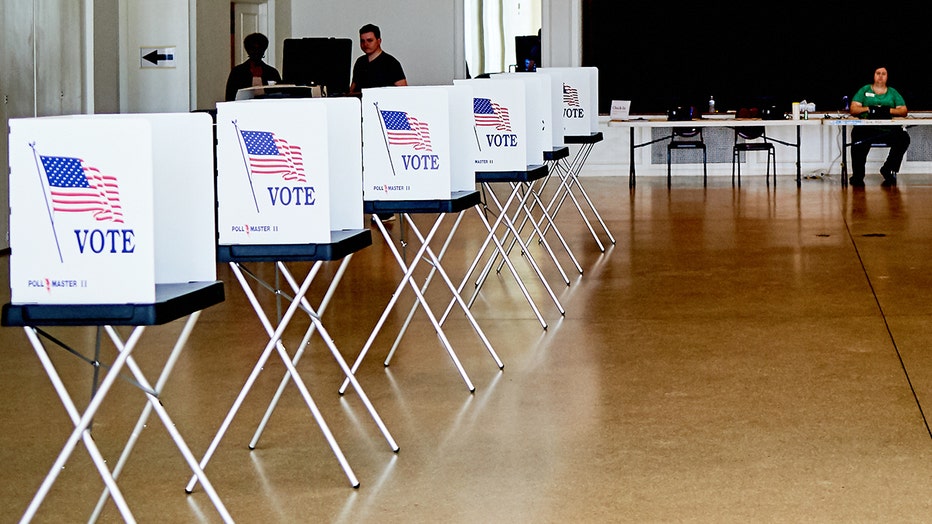Freight-train conductor Toby Kemp joins political cartoonists Ted Rall (Left) and Scott Stantis (Right) for a behind-the-scenes look at life for railroad workers in the run-up to a likely national rail transport workers strike next month. Between 30% and 40% of all freight moves via rail, so a strike would cause major supply-chain disruptions as the country faces down higher interest rates and an OPEC-led oil shock. Rall and Stantis discuss the political and economic implications while Kemp provides a fascinating look at an important sector of the workforce that often gets ignored.




